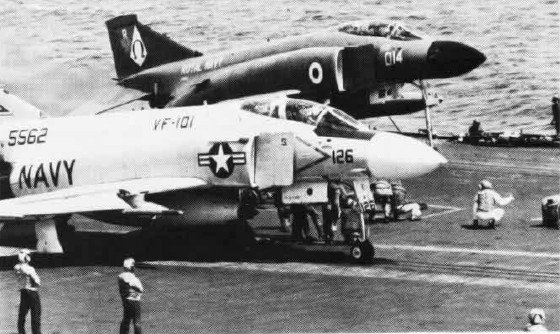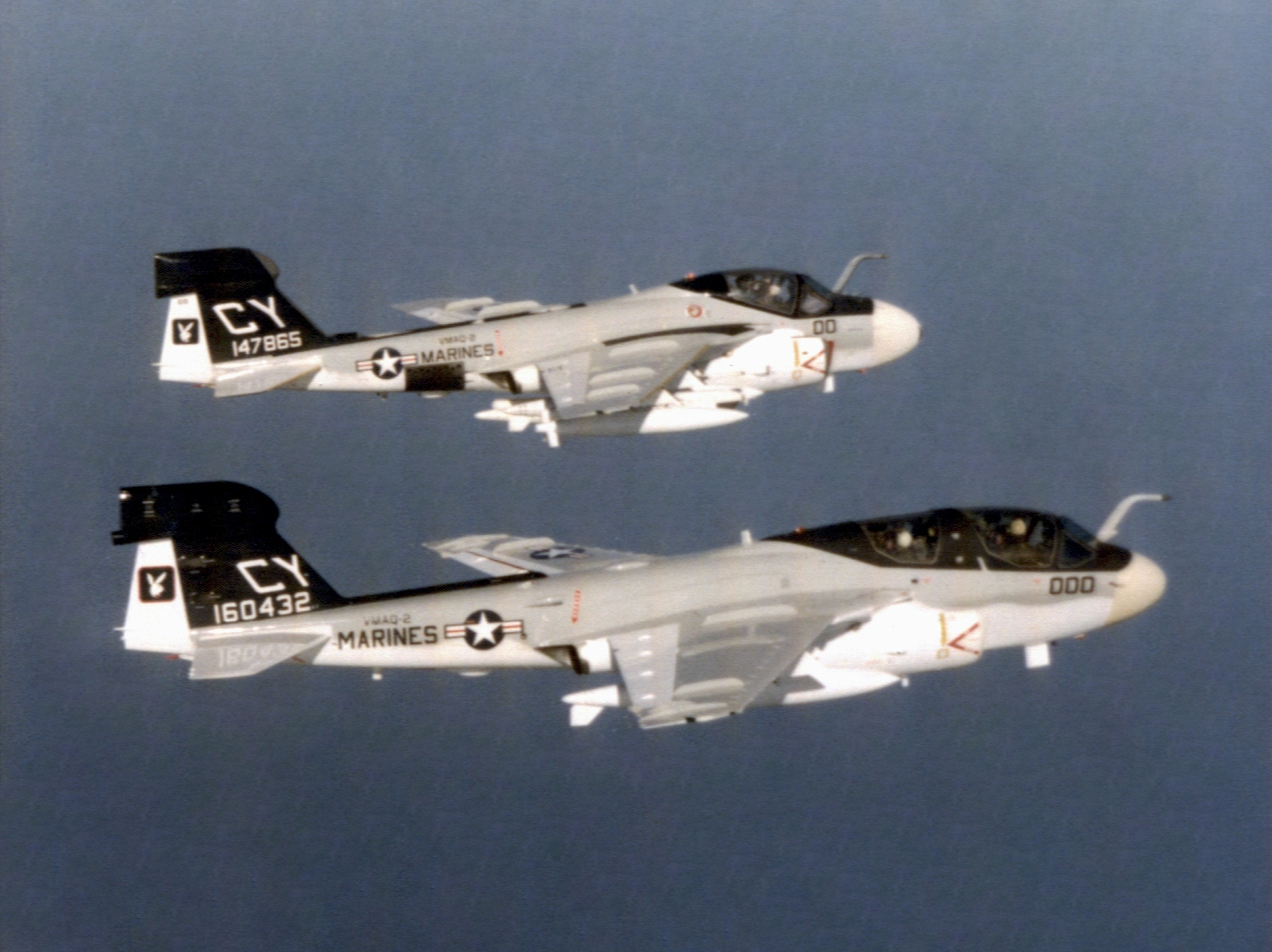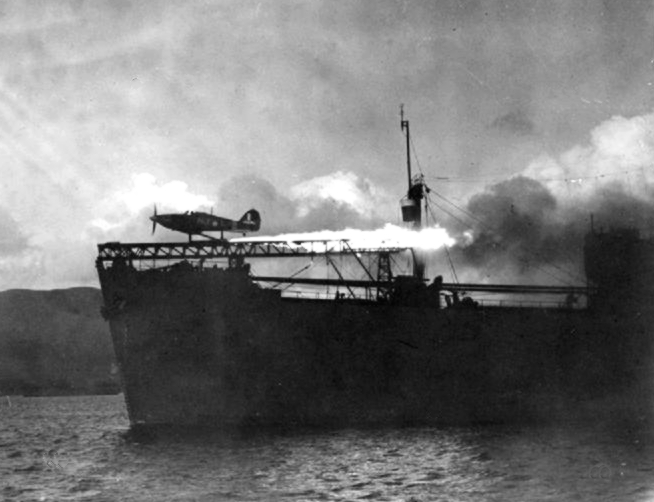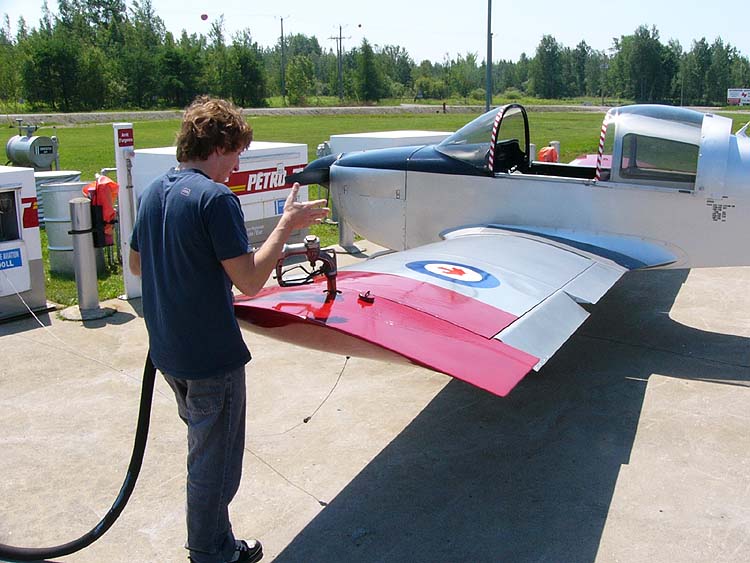|
USS Independence (CV-62)
The fifth USS ''Independence'' (CV/CVA-62) was an aircraft carrier of the United States Navy. She was the fourth and final member of the of conventionally powered supercarriers. She entered service in 1959, with much of her early years spent in the Mediterranean Fleet. ''Independence'' was decommissioned in 1998 after 39 years of active service. Stored in recent years at Puget Sound Naval Shipyard, Bremerton, Washington, the ex-''Independence'' was towed beginning on 10 March 2017 to Brownsville, Texas for scrapping. She arrived on 1 June 2017 and dismantling was completed by early 2019. Design and construction The s were designed in the early 1950s as a smaller version of the cancelled ''United States''-class " supercarriers". Unlike the ''United States'' class, they were to operate in both the nuclear strike and conventional roles, and were therefore intended to carry a mixed fleet of fighters, light attack and heavy attack aircraft, all of which were to be jets. The ca ... [...More Info...] [...Related Items...] OR: [Wikipedia] [Google] [Baidu] |
Independence
Independence is a condition of a nation, country, or state, in which residents and population, or some portion thereof, exercise self-government, and usually sovereignty, over its territory. The opposite of independence is the status of a dependent territory or colony. The commemoration of the independence day of a country or nation celebrates when a country is free from all forms of colonialism; free to build a country or nation without any interference from other nations. Definition Whether the attainment of independence is different from revolution has long been contested, and has often been debated over the question of violence as legitimate means to achieving sovereignty. In general, revolutions aim only to redistribute power with or without an element of emancipation, such as in democratization ''within'' a state, which as such may remain unaltered. For example, the Mexican Revolution (1910) chiefly refers to a multi-factional conflict that eventually led to a ... [...More Info...] [...Related Items...] OR: [Wikipedia] [Google] [Baidu] |
Grumman EA-6B Prowler
The Northrop Grumman (formerly Grumman) EA-6B Prowler is a twin-engine, four-seat, mid-wing electronic-warfare aircraft. Operated by both the United States Marine Corps and United States Navy between 1971 and 2019, it was derived from the A-6 Intruder airframe. The aircraft's immediate predecessor, the ''EA-6A'', was an interim conversion of the A-6 airframe to perform electronic warfare missions during the 1960s. In 1966, work on the more advanced EA-6B commenced. It featured an enlarged four-seat cockpit, a fully integrated electronic warfare system, and advanced electronic countermeasures. Furthermore, it was suitable for long-range, all-weather carrier-based operations in addition to land-based uses. Typically, the aircrew of an EA-6B consisted of a single pilot and three Electronic Countermeasures Officers, though it was not uncommon for only two ECMOs to be used on missions. It was capable of firing anti-radiation missiles (ARMs), such as the AGM-88 HARM. Although desi ... [...More Info...] [...Related Items...] OR: [Wikipedia] [Google] [Baidu] |
Steam Catapult
An aircraft catapult is a device used to help fixed-wing aircraft gain enough airspeed and lift for takeoff from a limited distance, typically from the deck of a ship. They are usually used on aircraft carrier flight decks as a form of assisted takeoff, but can also be installed on land-based runways, although this is rare. The catapult used on aircraft carriers consists of a track or slot built into the flight deck, below which is a large piston or ''shuttle'' that is attached through the track to the nose gear of the aircraft, or in some cases a wire rope, called a catapult bridle, is attached to the aircraft and the catapult shuttle. Other forms have been used historically, such as mounting a launching cart holding a seaplane on a long girder-built structure mounted on the deck of a warship or merchant ship, but most catapults share a similar sliding track concept. Different means have been used to propel the catapult, such as weight and derrick, gunpowder, flywheel, co ... [...More Info...] [...Related Items...] OR: [Wikipedia] [Google] [Baidu] |
Angled Flight Deck
The flight deck of an aircraft carrier is the surface on which its aircraft take off and land, essentially a miniature airfield at sea. On smaller naval ships which do not have aviation as a primary mission, the landing area for helicopters and other VTOL aircraft is also referred to as the flight deck. The official U.S. Navy term for these vessels is "air-capable ships". Flight decks have been in use upon ships since 1910, the American pilot Eugene Ely being the first individual to take off from a warship. Initially consisting of wooden ramps built over the forecastle of capital ships, a number of battlecruisers, including the British and , the American and , and the Japanese ''Akagi'' and battleship ''Kaga'', were converted to aircraft carriers during the interwar period. The first aircraft carrier to feature a full-length flight deck, akin to the configuration of the modern vessels, was the converted liner which entered service in 1918. The armoured flight deck was a ... [...More Info...] [...Related Items...] OR: [Wikipedia] [Google] [Baidu] |
Avgas
Avgas (aviation gasoline, also known as aviation spirit in the United Kingdom, UK) is an aviation fuel used in aircraft with spark-ignited internal combustion engines. ''Avgas'' is distinguished from conventional gasoline (petrol) used in motor vehicles, which is termed ''mogas'' (motor gasoline) in an aviation context. Unlike motor gasoline, which has been formulated without lead since the 1970s to allow the use of catalytic converters for pollution reduction, the most commonly used grades of avgas still contain tetraethyllead, tetraethyl lead, a toxic lead-containing additive used to aid in lubrication of the engine, increase octane rating, and prevent engine knocking (spark-knock). There are ongoing efforts to reduce or eliminate the use of lead in aviation gasoline. Kerosene-based jet fuel is formulated to suit the requirements of gas turbine, turbine engines which have no octane requirement and operate over a much wider flight envelope than piston engines. Kerosene is also ... [...More Info...] [...Related Items...] OR: [Wikipedia] [Google] [Baidu] |
Douglas A3D Skywarrior
The Douglas A-3 Skywarrior is a jet-powered strategic bomber that was developed and produced by the Douglas Aircraft Company. It was designed by Douglas on behalf of the United States Navy, which sought a carrier-capable strategic bomber. In July 1949, Douglas was awarded the contract to produce its design, having bested eight other aircraft companies' submissions. Unlike rival designs, which had aimed for a maximum take-off weight, the Skywarrior was developed for a take-off weight, facilitating its use from the navy's existing s. Large portions of the aircraft were produced by the Westinghouse Electric Corporation, including its early Westinghouse J40 turbojet engines, which failed to meet promises and were replaced by the rival Pratt & Whitney J57 engine by mid-1953. On 28 October 1952, the prototype ''XA3D-1'' performed the type's maiden flight. On 31 March 1956, the Skywarrior entered squadron service with the Navy. Initially used in the nuclear-armed strategic bomber ... [...More Info...] [...Related Items...] OR: [Wikipedia] [Google] [Baidu] |
USS United States (CVA-58)
USS ''United States'' (CVA-58) was to be the lead ship of a new design of aircraft carrier. On 29 July 1948, President Harry S. Truman, Harry Truman approved construction of five "supercarriers", for which funds had been provided in the Naval Appropriations Act of 1949. The keel of the first of the five planned postwar carriers was laid down on 18 April 1949 at Newport News Shipbuilding, Newport News Drydock and Shipbuilding. The program was canceled in 1949, ''United States'' was not completed, and the other four planned carriers were never built. Design The chief proponent for the new large carrier was Admiral Marc Mitscher. He wanted a carrier that would be able to handle the most effective weapons of the day. Early design discussions centered around developing a carrier that would be able to support combat missions using the new jet aircraft. These were faster, larger and significantly heavier than the aircraft which the - and -class carriers were handling at the end of th ... [...More Info...] [...Related Items...] OR: [Wikipedia] [Google] [Baidu] |
USS Enterprise (CVS-6) Awaiting Disposal At The New York Naval Shipyard On 22 June 1958
USS ''Enterprise'' may refer to the following ships and other vessels: United States Navy Ships * List of ships of the United States Navy named ''Enterprise'' ** , a Continental Navy sloop captured from the British, burned to prevent recapture in 1777 ** , a schooner that fired the first shots in the First Barbary War ** , a schooner, stationed primarily in South America to patrol and protect commerce ** , a steam-powered sloop-of-war used for surveying, patrolling, and training until 1909 ** , a motorboat (1917–1919) used in World War I as a non-commissioned section patrol craft ** , an aircraft carrier (1938–1947), the most decorated U.S. ship of World War II ** , the world's first nuclear-powered aircraft carrier (1961–2017) ** , a ''Gerald R. Ford''-class aircraft carrier, under construction and scheduled to enter service by 2029 Training facility * , a building and ship simulator at the U.S. Navy training command in Great Lakes, Illinois Other American ships * , a Con ... [...More Info...] [...Related Items...] OR: [Wikipedia] [Google] [Baidu] |
USS Independence (CVA-62) Under Construction In July 1955
USS ''Independence'' may refer to: *''Independence'' (1776 brigantine) was a brigantine built at Kingston, Massachusetts in mid-1776. The brig served in the Massachusetts State Navy and cruised off New England until captured by the Royal Navy in early 1777. * was a 10-gun sloop commissioned in September 1776 and wrecked in 1778. * was the first ship of the line in the Navy, launched 22 June 1814 and finally used as a receiving ship until being decommissioned 1912. * was a steamer commissioned 16 November 1918 and decommissioned 20 March 1919. She was later renamed ''Neville'' and used in World War II. *, was a light aircraft carrier, launched 22 August 1942; decommissioned 28 August 1946 and sunk during weapon testing 29 January 1951. *, was an aircraft carrier commissioned in 1959 and decommissioned in 1998. * is a littoral combat ship A littoral combat ship (LCS) is either of two classes of relatively small surface vessels designed for littoral warfare in near-shore o ... [...More Info...] [...Related Items...] OR: [Wikipedia] [Google] [Baidu] |
Puget Sound Naval Shipyard
Puget Sound Naval Shipyard, officially Puget Sound Naval Shipyard and Intermediate Maintenance Facility (PSNS & IMF), is a United States Navy shipyard covering 179 acres (0.7 km2) on Puget Sound at Bremerton, Washington in uninterrupted use since its establishment in 1891; it has also been known as Navy Yard Puget Sound, Bremerton Navy Yard, and the Bremerton Naval Complex. It is bordered on the south by Sinclair Inlet, on the west by the Bremerton Annex of Naval Base Kitsap, and on the north and east by the city of Bremerton, Washington. It is the Pacific Northwest's largest naval shore facility and one of Washington (state), Washington state's largest industrial installations. PSNS & IMF provides the Navy with Repair and maintenance, maintenance, modernization, and technical and logistics support, and employs 15,000 people which makes it the largest public shipyard in terms of personnel assigned. History Puget Sound Naval Shipyard was established in 1891 as a Naval S ... [...More Info...] [...Related Items...] OR: [Wikipedia] [Google] [Baidu] |
Supercarrier
An aircraft carrier is a warship that serves as a seagoing airbase, equipped with a full-length flight deck and hangar facilities for supporting, arming, deploying and recovering shipborne aircraft. Typically it is the capital ship of a fleet (known as a carrier battle group), as it allows a naval force to project seaborne air power far from homeland without depending on local airfields for staging aircraft operations. Since their inception in the early 20th century, aircraft carriers have evolved from wooden vessels used to deploy individual tethered reconnaissance balloons, to nuclear-powered supercarriers that carry dozens of fighters, strike aircraft, military helicopters, AEW&Cs and other types of aircraft such as UCAVs. While heavier fixed-wing aircraft such as airlifters, gunships and bombers have been launched from aircraft carriers, these aircraft have not landed on a carrier due to flight deck limitations. The aircraft carrier, along with its onbo ... [...More Info...] [...Related Items...] OR: [Wikipedia] [Google] [Baidu] |
United States Navy
The United States Navy (USN) is the naval warfare, maritime military branch, service branch of the United States Department of Defense. It is the world's most powerful navy with the largest Displacement (ship), displacement, at 4.5 million tons in 2021. It has the world's largest aircraft carrier fleet, with List of aircraft carriers in service, eleven in service, one undergoing trials, two new carriers under construction, and six other carriers planned as of 2024. With 336,978 personnel on active duty and 101,583 in the Ready Reserve, the U.S. Navy is the third largest of the United States military service branches in terms of personnel. It has 299 deployable combat vessels and about 4,012 operational aircraft as of 18 July 2023. The U.S. Navy is one of six United States Armed Forces, armed forces of the United States and one of eight uniformed services of the United States. The United States Navy traces its origins to the Continental Navy, which was established during ... [...More Info...] [...Related Items...] OR: [Wikipedia] [Google] [Baidu] |







